OnePlus 8 vs OnePlus 7T vs OnePlus 7: should you upgrade?
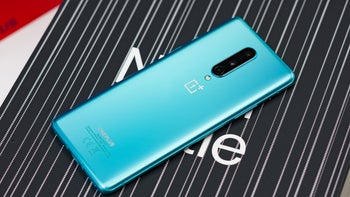
UPDATE: Our full OnePlus 8 Review has been published.
OnePlus 8 vs 7T vs 7: design comparison
There are to main design differences between the OnePlus 8 and the 7 generation and one is obvious from the images below:
This year, the teardrop notch was replaced by a hole-punch in the corner of the display. There are some that think the hole actually wastes more screen than the notch, but when it comes to aesthetics, most people agree that hole-punch displays look better. Of course, functionality-wise, there's no difference, so it's up to your own preferences.
The other change is the curved display edge on the OnePlus 8. Last year, OnePlus allowed users to pick between a flat display and a curved one by choosing between the Pro and non-Pro models. But it seems the rising prices brought this premium feature to the regular OnePlus 8 as well. We've talked a lot about curved displays and why they're more for show than functionality. Some users straight-up refuse to buy a phone that has one. For them, 2020 OnePlus phones will be a no-go (the 8Ts will likely have them as well).
On the back, the only notable thing is that OnePlus quickly dropped the idea of a massive circular camera bump and went back to the proven narrow camera module. The colors are new, sure, but no one upgrades because of that, right?
OnePlus 8 vs 7T vs 7 specs comparison
Time to dive inside the three devices and see what their components have to offer.
Display
Size
Technology
AMOLED
Super AMOLED
AMOLED
Refresh rate
60Hz
90Hz
90Hz
Screen-to-body
85.63 %
86.43 %
88.65 %
Peak brightness
1100 cd/m2 (nit)
Features
Scratch-resistant glass, Ambient light sensor, Proximity sensor
HDR support, Scratch-resistant glass, Ambient light sensor, Proximity sensor
HDR support, Scratch-resistant glass, Ambient light sensor, Proximity sensor
Hardware
System chip
Qualcomm Snapdragon 855 (7 nm)
Qualcomm Snapdragon 855+ SM8150-AC (7 nm)
Qualcomm Snapdragon 865 SM8250 (7 nm)
Processor
GPU
Adreno 640
Adreno 640
Adreno 650
RAM
Internal storage
128GB, not expandable
128GB, not expandable
128GB, not expandable
OS
Android (11, 10, 9.0 Pie), OxygenOS UI
Android (11, 10), OxygenOS UI
Android (11, 10)
Battery
Capacity
3700 mAh
3800 mAh
4300 mAh
Charging
Fast charging
OnePlus Warp Charge
OnePlus Warp Charge
Camera
Rear
Dual camera
Triple camera
Triple camera
Main camera
Specifications
Aperture size: F1.7
Sensor size: 1/2"
Pixel size: 0.8 μm
Sensor size: 1/2"
Pixel size: 0.8 μm
Aperture size: F1.6
Focal length: 26 mm
Sensor size: 1/2"
Pixel size: 0.8 μm
Focal length: 26 mm
Sensor size: 1/2"
Pixel size: 0.8 μm
Aperture size: F1.8
Focal length: 25 mm
Sensor size: 1/2"
Pixel size: 0.8 μm
Focal length: 25 mm
Sensor size: 1/2"
Pixel size: 0.8 μm
Second camera
5 MP (Depth information)
12 MP (Telephoto, PDAF)
16 MP (Ultra-wide, PDAF)
Specifications
Aperture size: F2.4
Pixel size: 1.12 μm
Pixel size: 1.12 μm
Optical zoom: 2.0x
Aperture size: F2.2
Focal Length: 51 mm
Pixel size: 1 μm
Aperture size: F2.2
Focal Length: 51 mm
Pixel size: 1 μm
Aperture size: F2.2
Focal Length: 14 mm
Focal Length: 14 mm
Third camera
16 MP (Ultra-wide, Autofocus)
2 MP (Macro)
Specifications
Aperture size: F2.2
Focal Length: 17 mm
Focal Length: 17 mm
Aperture size: F2.4
Pixel size: 1.75 μm
Pixel size: 1.75 μm
Video recording
3840x2160 (4K UHD) (60 fps), 1920x1080 (Full HD) (240 fps), 1280x720 (HD) (480 fps)
3840x2160 (4K UHD) (60 fps), 1920x1080 (Full HD) (240 fps), 1280x720 (HD) (960 fps)
3840x2160 (4K UHD) (60 fps), 1920x1080 (Full HD) (240 fps), 1280x720 (HD) (480 fps)
Features
Time-lapse video, EIS, Video calling, Video sharing
HDR, Time-lapse video, EIS
OIS, HDR, Time-lapse video, EIS
Front
16 MP
16 MP
16 MP
Video capture
1920x1080 (Full HD) (30 fps)
1920x1080 (Full HD) (30 fps)
1920x1080 (Full HD) (30 fps)
Cellular
5G
Bands n2, n5, n41, n66, n71, SA, NSA
See the full OnePlus 7 vs OnePlus 7T vs OnePlus 8 specs comparison or compare them to other phones using our Phone Comparison Tool.
Unlike the OnePlus 8 Pro, the 8 offers only a 90Hz display. That, combined with the relatively small performance jump between the Snapdragon 855+ and the 865, means there's almost no incentive to ditch your OnePlus 7T just yet. As it should be, after all, it's a phone that came out barely half a year ago.
OnePlus 7 owners are likely just as happy with the performance of their phone as well. However, if you're the type of person that's sensitive to displays' refresh-rate, then the bump to 90Hz will be quite pleasing for you. Adding to that the list of smaller upgrades, makes the OnePlus 8 even more tempting. If you've checked out a 90Hz screen in person, however, and were left wondering what all the fuzz is about, then hold your horses for at least another 6 months.
The OnePlus 8 doesn't have the faster DDR5 RAM, but there's a good chance the 8T will have it, and it might get a 120Hz display as well. 60 to 120, now that's a jump everyone will notice. Another point for team No-upgrade-o.
One big advantage the OnePlus 8 has over both other models is the support for 5G. However, unlike the 8 Pro, the 8 will support the ultra-fast mmWave 5G only if you get it from Veizon. If you've decided to make the jump to 5G, you might as well do it with a device that supports all bands on all carriers. Despite the ever-increasing coverage, 5G is still more of a buzz-word than a change in how you use your device. So, maybe don't rush into it just yet.
But perhaps you're interested in the new cameras?
On that front, the situation is pretty similar. A 2MP macro camera alone will hardly make anyone pull the trigger on a new $700 phone. If you're on the OnePlus 7, then you're getting an ultra-wide-angle camera on top of that. A nice extra, for sure, but unlike the chip upgrade, the camera is something that unless you actively use, makes no difference if it's there or not. And while ultra-wide shots look impressive in promotional materials, in reality, most people don't use the dedicated lens as often as you might think. Again, personal preferences will mostly determine how much weight this feature gets.
When it comes to photos, for OnePlus, the major improvement in quality must come from the camera software. We're already seeing promising results from the OnePlus 8 Pro. Hopefully, this means the 7T and 7 models will soon get their camera apps brought up to speed as well. Which, in terms, gives you one more reason to hold on to your phone.
OnePlus 8 vs OnePlus 7T vs OnePlus 7: the conclusion
So, at the end, should you upgrade to the OnePlus 8? If you have the OnePlus 7T, then the answer is a hard NO. Curved edges and hole-punch displays, if you want them that much, will be around for at least another year and by then you'll get way more value from other parts of the phone. Save your money.
OnePlus 7 owners definitely have some legitimate reasons to upgrade and at least they've had their phones for a year already. Not that they can't easily use them for another two, but we all know how bad the upgrade itch can get. But if we have to remain practical, there are five main things you get with the OnePlus 8:
- Modern design
- 90Hz display
- 5G connectivity
- Ultra-wide-angle camera
- Bigger battery
If you need at least three of them right now, then click on the link below and enjoy your new phone! If not, we'll have a similar article in about 6 months when the OnePlus 8T rolls out.
Full specs comparison between the OnePlus 8, 7T and 7


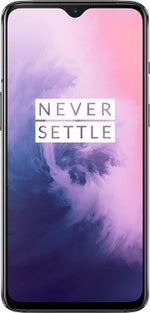



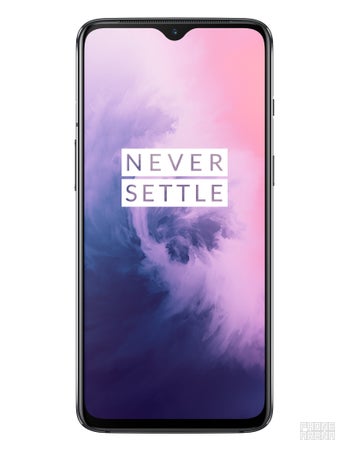
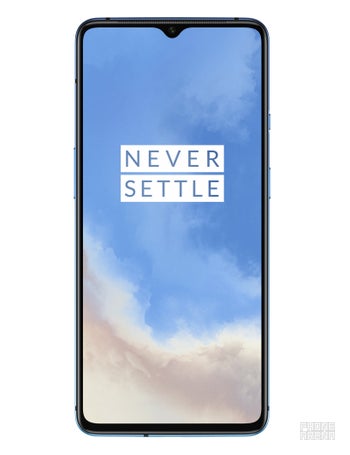
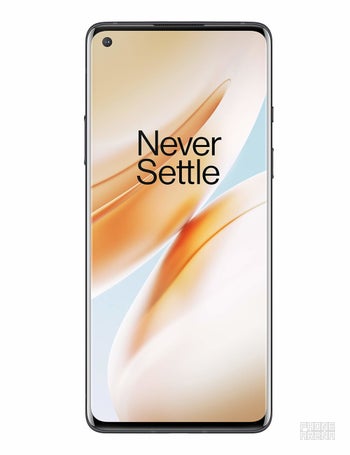













Things that are NOT allowed: